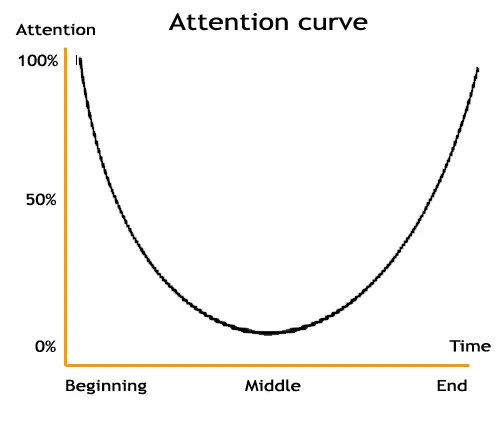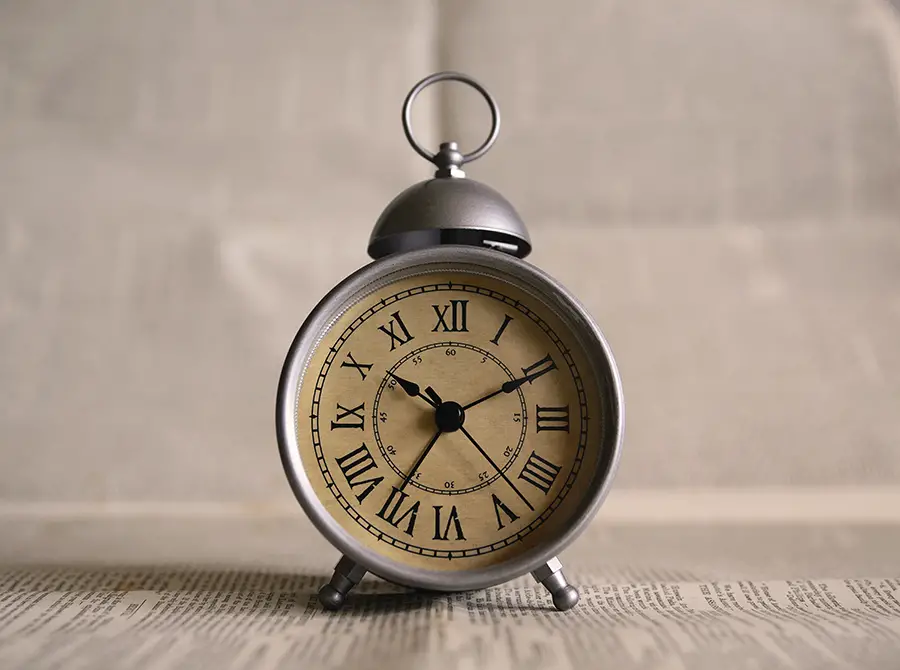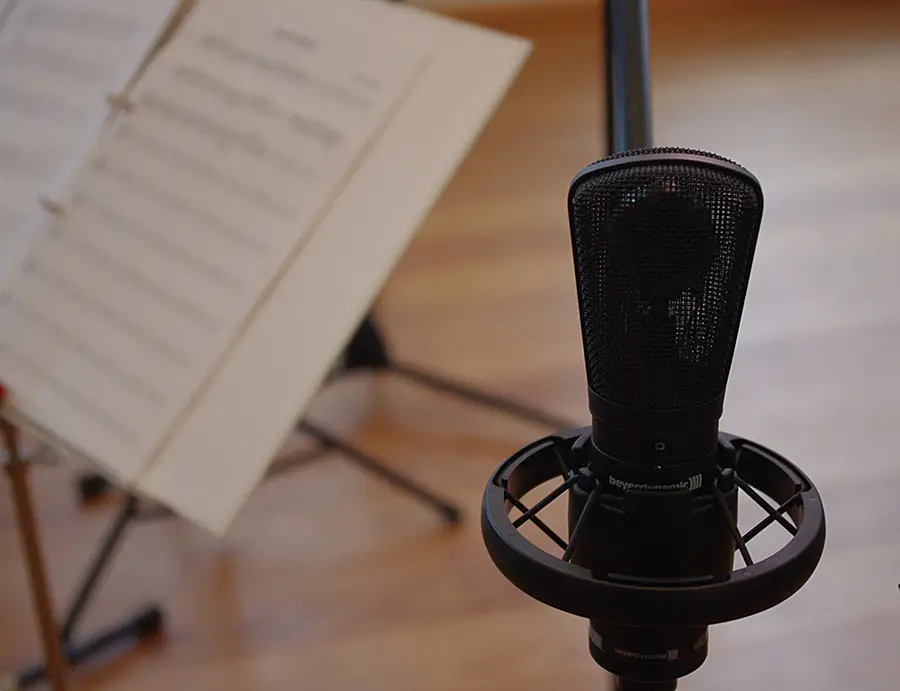
Something that every musician can confirm is that playing alone at home and playing in front of an audience is not the same thing. Performing in front of a large (or even small) audience is more about emotion than technique.
Once you are on stage, or when you play just for some friends, there is no time to learn anything more than what you have already learned practicing at home. This thought may make you doubt your skills, but don’t worry: after the first note you play, fear will disappear.
1. Check everything & warm-up

Before starting the concert, make sure that everything is set to go: If you are amplified, check the mic, cables, and scores. Be sure you don’t need an extra light source to read your sheet music, and hide a handkerchief or towel somewhere so you can keep your keyboard clean during the concert.
Then, take your accordion and play slowly through scales and technical exercises. It’s very important to do it slowly! If you play fast or at the right speed, you may start getting more and more tension in your hands. After a while, stop playing scales and exercises, and play through the entire piece you will perform. Then, rest for a few minutes
2. Clear your mind

While you are playing, think only about the music you are playing. Clean your mind of every thought and focus just on your music.
Leave all of your problems off the stage.
3. Focus
Do you know which parts of a piece are the most important? The beginning and the end are typically the most important, as your audience’s attention is typically higher in those parts than in the middle.

Making a mistake at the beginning or at the end of your performance is way worse than making a mistake in the middle.
4. Don’t freeze if you make a mistake

You may make mistakes at some point, as everyone does. Mistakes happen, even the best musicians can make them. There’s a rule to follow if you make a mistake: never stop playing. Don’t freeze, don’t panic, and keep playing.
Only a very small part of the audience will notice your mistakes. It is very important not to make any grimaces, as you don’t want to signal to the audience that you have just made a mistake.
There’s only one way to overcome performance pressure: practice until you feel confident and play in front of an audience every time you can. You will build experience and, over time, you’ll learn to control your emotions.
Here some tips to improve the quality of your practice sessions and your performances:
5. Split the score into sections

When learning a new piece, try dividing the score into sections. I can give you an example analyzing an arrangement of “Sous le ciel de Paris”. It may be helpful to start with the more difficult parts of the score first. This way, you can tackle the challenging sections and then move on to the easier parts of the piece with more confidence and skill.
By focusing on the harder parts first, you can make progress and feel more motivated to keep working on the piece as you go through the entire score.
6. Practice with a metronome

Practice each section separately with a metronome. Start very slowly then increase the bpm (beat per minute) only when you can play the whole section without mistakes. Check out the ‘All Rhythms‘ page for a variety of rhythms and grooves to practice with.
Don’t skip any step, sometimes you need to stay on the same bpm for days or weeks before increasing speed.
7. Practice every day at the same time

Practicing the accordion on a daily basis can be a challenging task, especially at first. It may be tiring and require a lot of effort and discipline. However, after a few weeks of consistent practice, it is likely that playing the accordion will become a habit.
Your brain will become accustomed to the routine and practicing will become more enjoyable. It is important to be patient and persistent in your practice sessions in order to see progress and improvement.
8. Play with emotion

Challenge yourself to play each measure with emotion. Keep listening to what and how you are playing.
Don’t just play with your fingers; put your heart into each measure you play.
9. Learn correct fingering

Practice fingering: every time you learn a new piece, take a pencil and write your fingering on the score.
It’s also important to be consistent with your fingerings. Don’t try to improvise or come up with your own fingerings as you play. Instead, stick to the fingerings that you have written on the score and make sure to use them every time you play the piece. This will help you build muscle memory and ensure that you are playing the piece correctly.
10. Practice bellows inversion

You need to know when you have to invert your bellows movement to avoid missing notes.
Use your pencil and mark the measures where you need to invert the bellows. This will help you become more familiar with the timing and placement of these changes, and it can also help you develop muscle memory for the movements themselves. As you practice, pay attention to the sounds and dynamics that are created by the inversions, and try to incorporate them into your playing in a natural and expressive way.
11. Play in front of an audience

Play for your family members, friends, neighbors, or anyone else who would appreciate it. Every opportunity to play in front of an audience is a good time to test your performance.
Like everything else, playing in front of an audience is something that requires practice. It can be intimidating at first, but the more you perform in front of others, the more comfortable and confident you will become.
Another way to practice playing in front of an audience is to join a local music group where you can perform regularly. It can also be helpful to participate in music workshops or events where you can get feedback from more experienced musicians.
As you gain experience and practice, you will learn how to manage stage fright and develop a stage presence that allows you to fully express yourself through your music.
12. Record yourself

Once a month, or even more often, get in the habit of recording yourself. This will help you track your progress and motivate you to consistently practice every day. Read my guide “How To Sound Like a Pro When Recording Accordion at Home” to understand what you need to do to achieve professional results when recording accordion at home.
If you follow these tips until they become a habit, you will gain confidence in playing in front of an audience over time.
Keep reading my tutorials!
Author: Giovanni Lucifero
Thanks for the tip that recording myself can help me track my progress better when playing an instrument. I’m interested in buying an Alacran accordion soon because I grew up near a port back in the day and there are a good number of people I knew who played the accordion. I’d like to learn it as well since it might be a fun way to pass the time.
Hi there!
I’m glad you found the tip about recording yourself helpful. It can definitely be a great way to track your progress and identify areas that you need to work on. As for the Alacran accordion, it sounds like a great choice!